LUMO: A Model for Community-Driven Conservation in Kenya
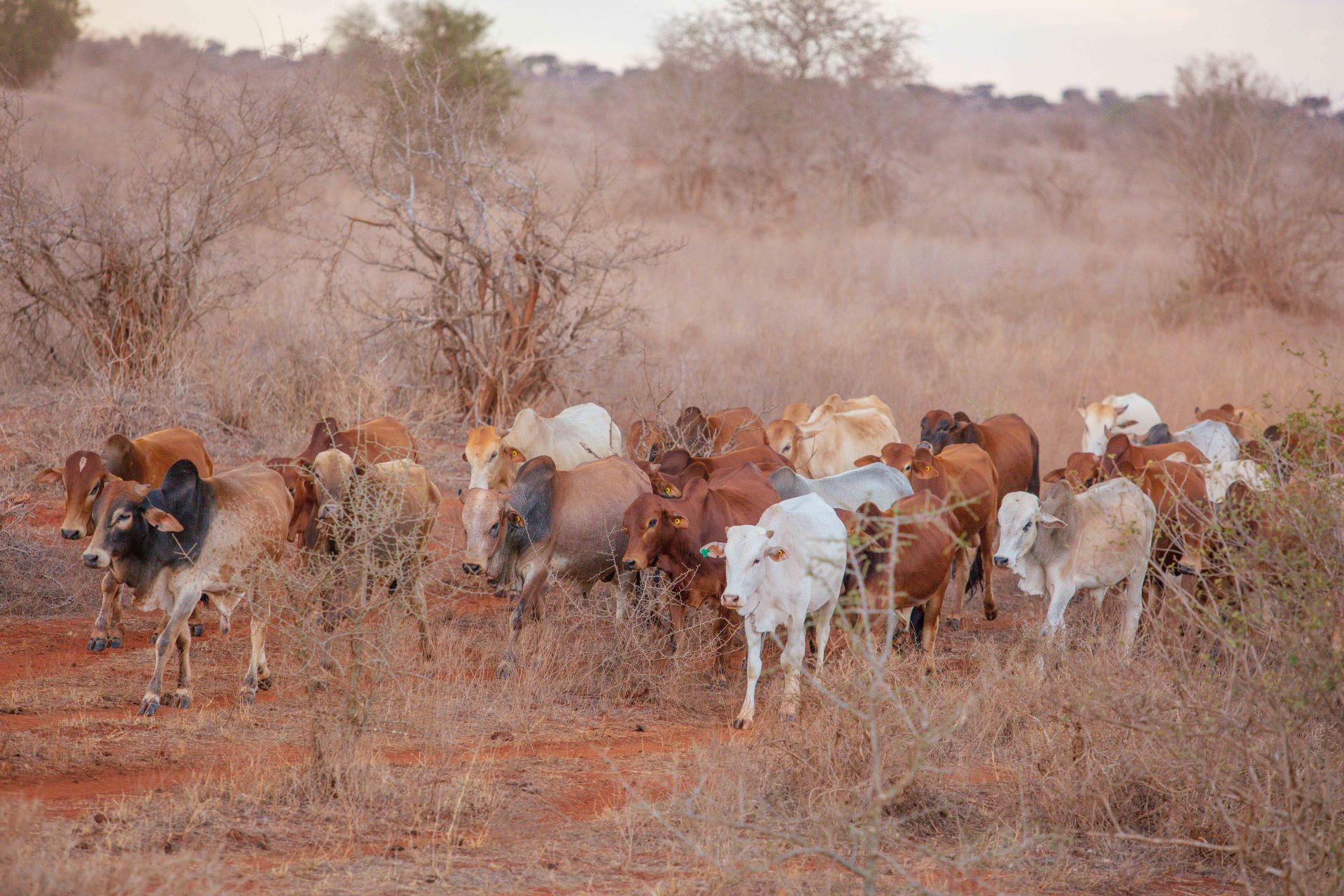 In the heart of Tsavo’s vast wilderness lies LUMO Community Wildlife Conservancy, a 48,000-acre expanse of protected rangelands. Once primarily used for grazing by the communities of Lualenyi, Mramba, and Oza, LUMO has evolved into a model for community-led conservation and sustainable tourism, demonstrating how local people can shape the future of conservation while securing economic and social benefits.
In the heart of Tsavo’s vast wilderness lies LUMO Community Wildlife Conservancy, a 48,000-acre expanse of protected rangelands. Once primarily used for grazing by the communities of Lualenyi, Mramba, and Oza, LUMO has evolved into a model for community-led conservation and sustainable tourism, demonstrating how local people can shape the future of conservation while securing economic and social benefits.
The transformation of LUMO was not accidental. It was a response to the shifting dynamics between wildlife and people—a recognition that coexistence is not only possible but necessary. For generations, the Taita community lived alongside wildlife, yet the challenge remained: how could they protect these landscapes while ensuring their livelihoods were not compromised? The answer lay in a collective approach to land management, one that integrated conservation, tourism, and local development.
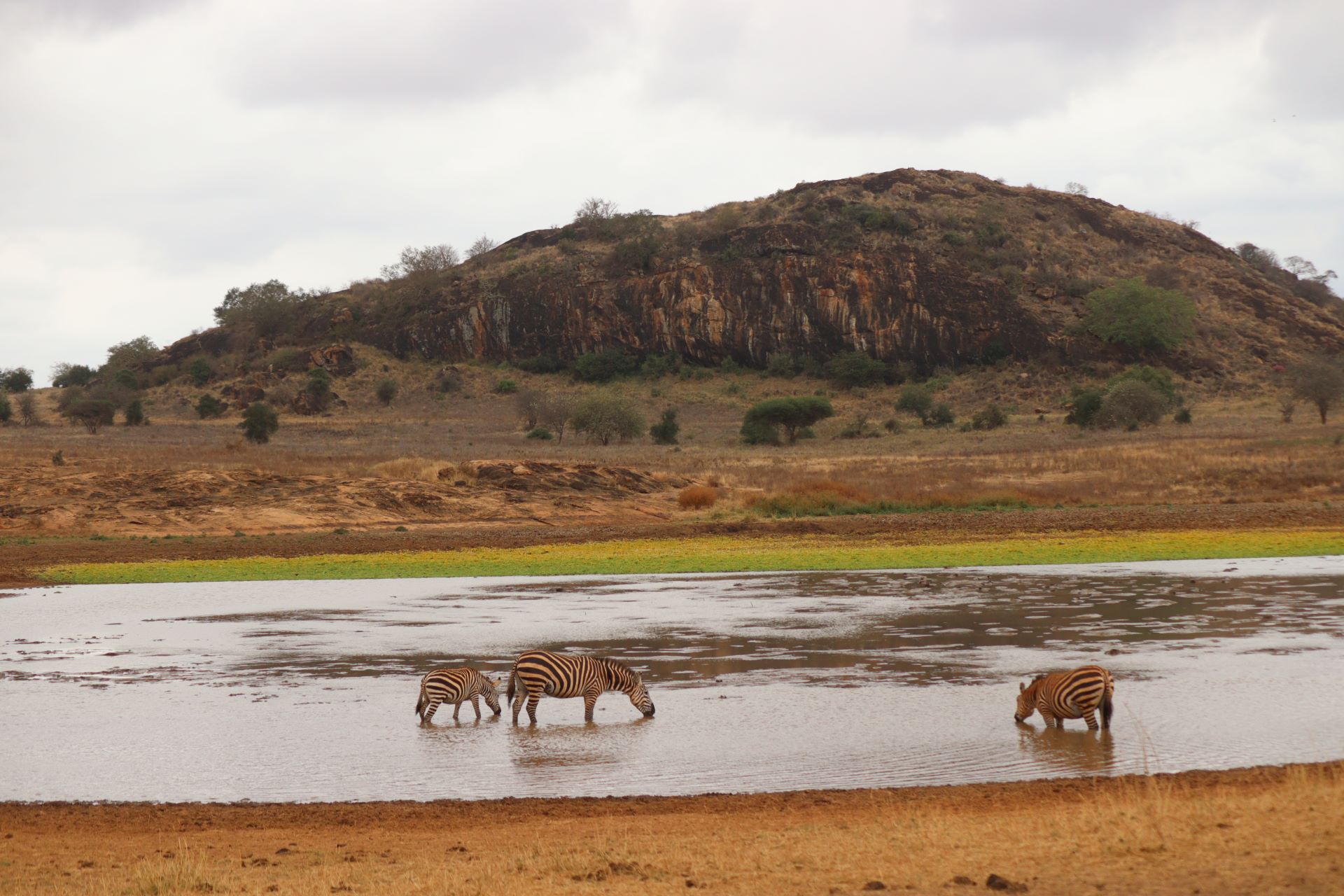 LUMO’s establishment as a wildlife conservancy governed by a trust with community representatives acting as trustees ensured that conservation efforts would directly support the people who had safeguarded these lands for centuries. Unlike privately owned conservancies, a huge percent of its revenue is channeled into educational support, community development projects, employment, and rangeland management, strengthening the region’s long-term sustainability.
LUMO’s establishment as a wildlife conservancy governed by a trust with community representatives acting as trustees ensured that conservation efforts would directly support the people who had safeguarded these lands for centuries. Unlike privately owned conservancies, a huge percent of its revenue is channeled into educational support, community development projects, employment, and rangeland management, strengthening the region’s long-term sustainability.
This approach has redefined how conservation is perceived. Rather than being a restriction on land use, LUMO has shown that wildlife conservation can be an economic driver. The conservancy creates employment opportunities for local guides, rangers, and hospitality workers, while also offering scholarship programs that invest in the next generation.
At its core, LUMO is about stewardship—ensuring that the land and its resources remain intact, not just for tourism or conservation, but for the people who depend on them.
Tourism: A Sustainable Future for LUMO
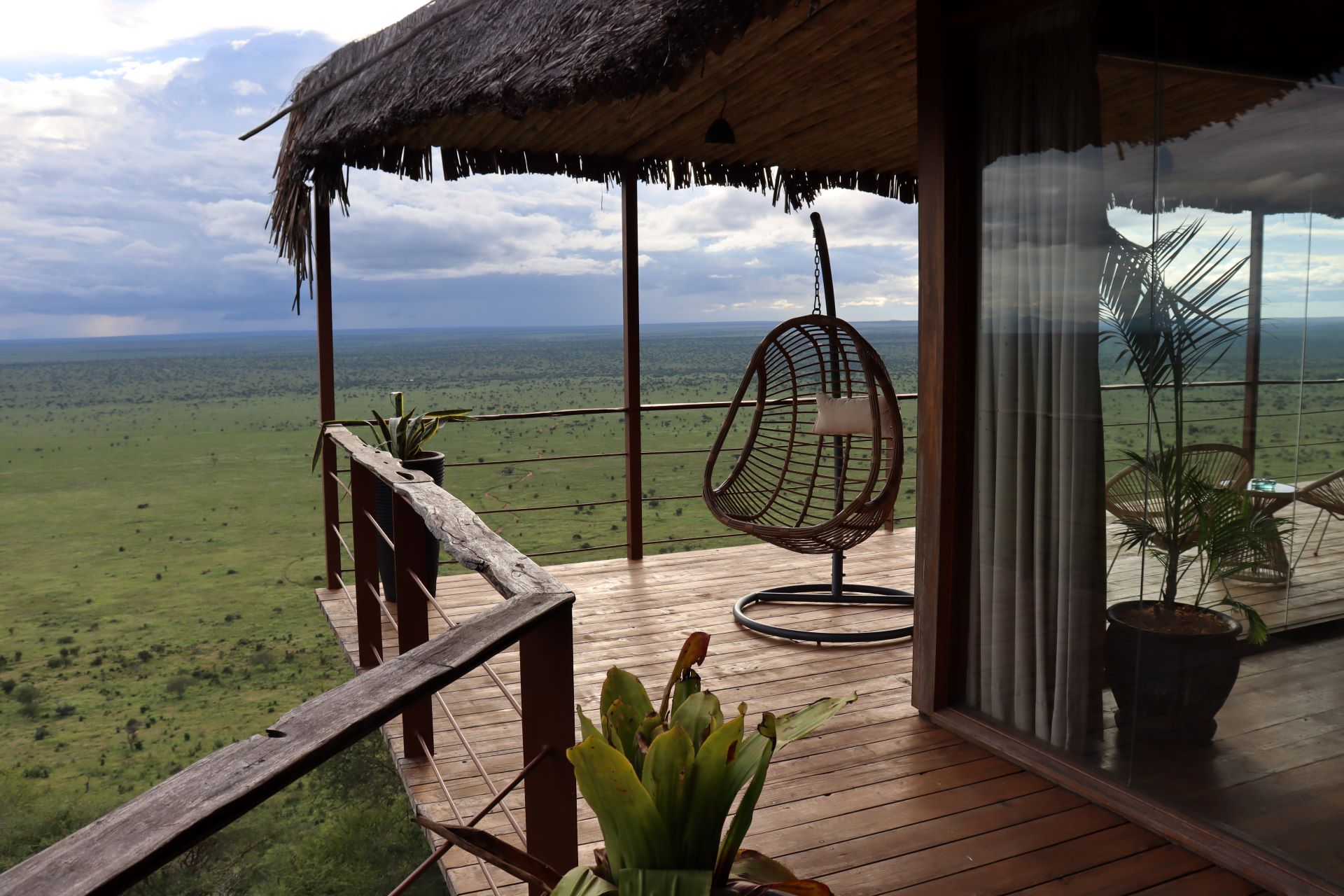 Tourism has become a vital part of LUMO’s success. Unlike high-traffic national parks, LUMO offers an intimate and immersive wildlife experience, with vast open landscapes that remain largely untouched. The conservancy is home to three tourism facilities (Soroi Lions Bluff Lodge, Soroi Cheetah Tented Camp and Soroi Leopard Lair Cottages), catering to visitors who seek more than just a safari.
Tourism has become a vital part of LUMO’s success. Unlike high-traffic national parks, LUMO offers an intimate and immersive wildlife experience, with vast open landscapes that remain largely untouched. The conservancy is home to three tourism facilities (Soroi Lions Bluff Lodge, Soroi Cheetah Tented Camp and Soroi Leopard Lair Cottages), catering to visitors who seek more than just a safari.
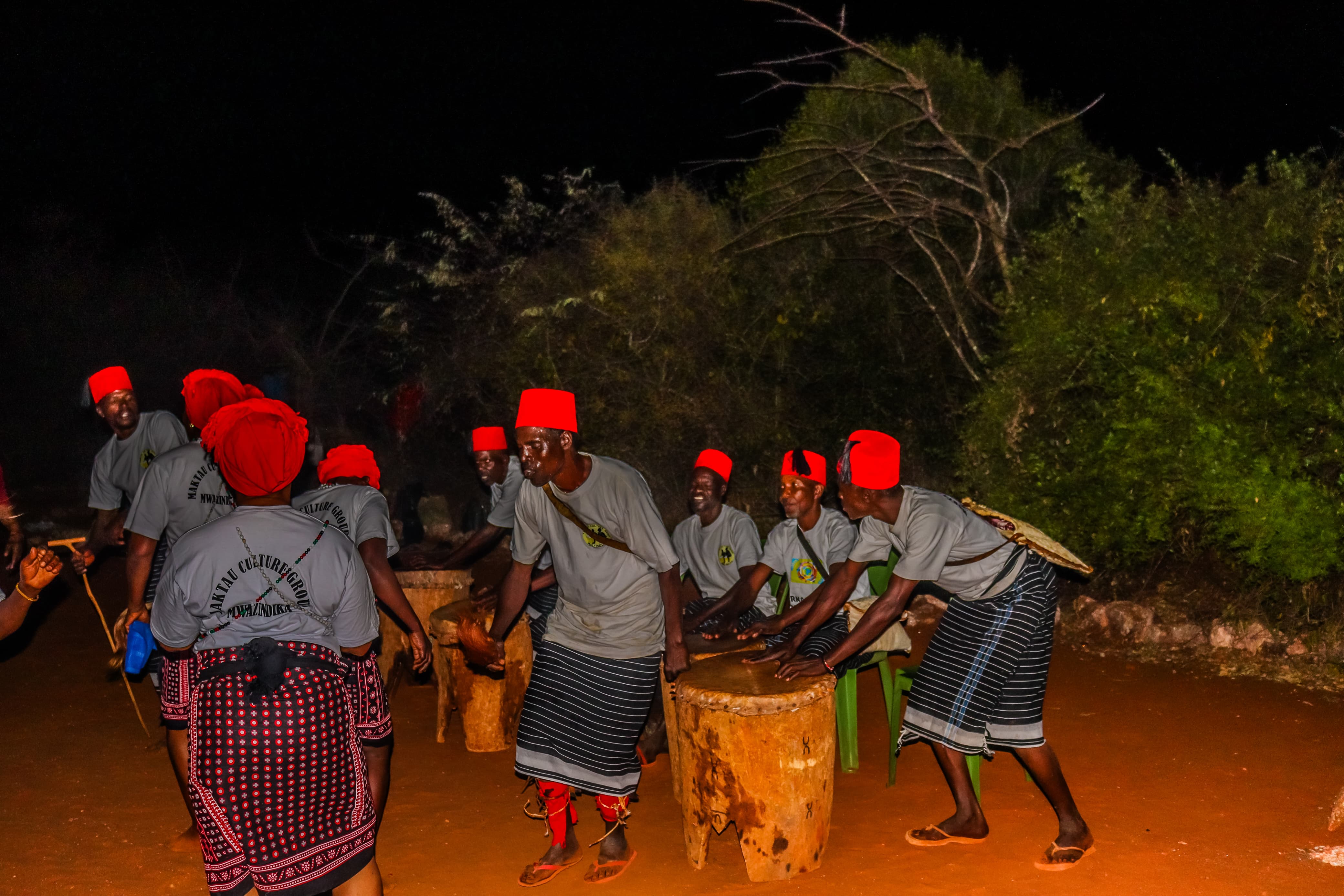 For those looking to explore, activities within LUMO provide a deeper connection to the land:
For those looking to explore, activities within LUMO provide a deeper connection to the land:
- Day and Night Game Drives – Experience the diverse wildlife, including large herds of elephants, big cats, and a variety of plains game. Night drives offer a rare glimpse into the nocturnal world of predators and smaller mammals.
- Guided Nature Walks – A chance to step away from vehicles and experience the terrain up close, led by expert guides who share insights into the region’s ecology.
- Cultural Tours – Engage with the Taita community, learn about traditional practices, and understand the local perspective on conservation.
- Camping Under the Stars – For adventurers seeking a raw, unfiltered experience, LUMO’s designated campsites provide a true wilderness retreat.
Travel with Impact: The Volunteer Program
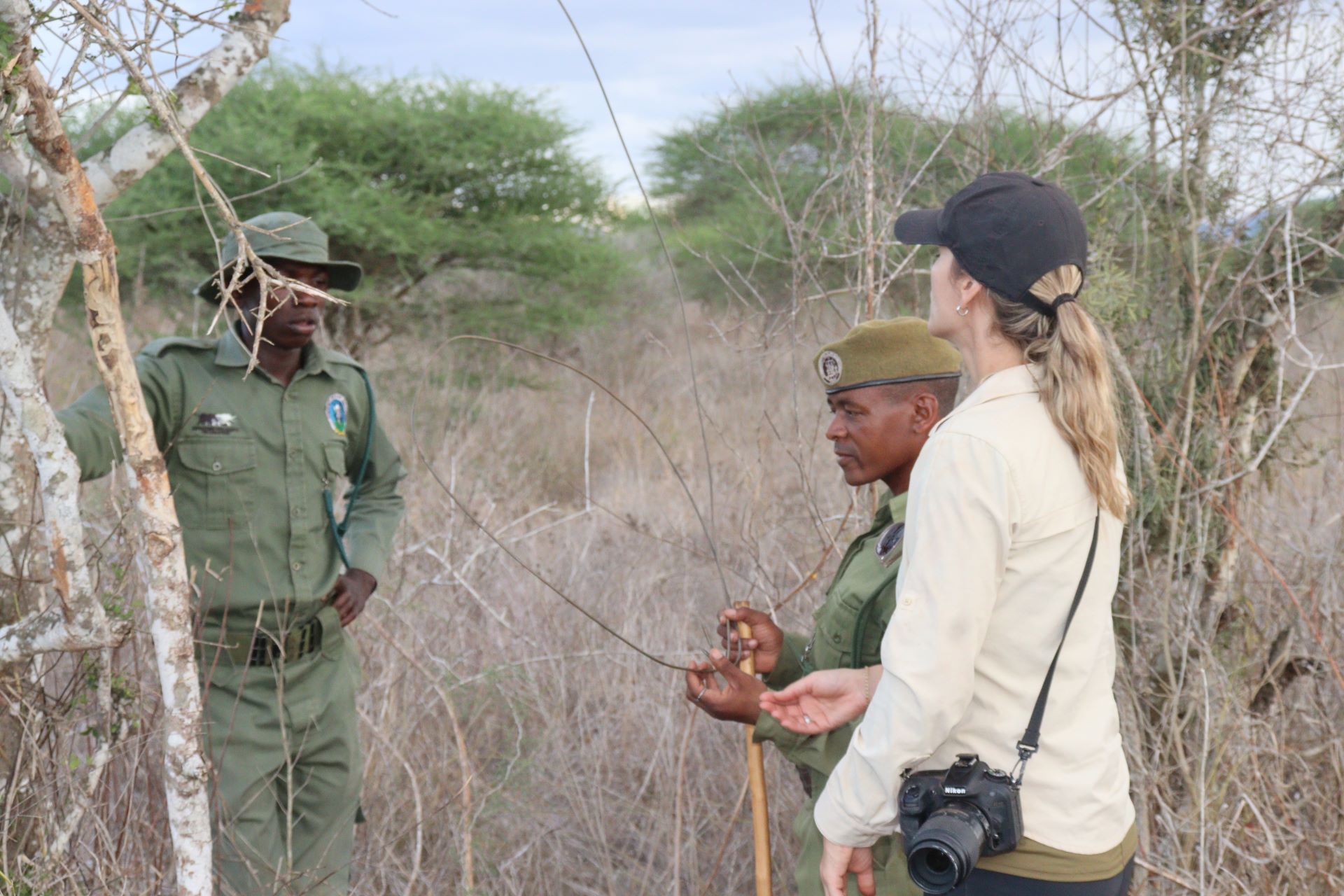 Beyond conventional travel experiences, LUMO offers a volunteer program designed for those who want to contribute directly to conservation efforts. Volunteers engage in habitat restoration, anti-poaching patrols, wildlife monitoring, and community education, ensuring that their time at LUMO leaves a tangible impact. This program bridges the gap between conservation and experiential travel, allowing participants to actively support the preservation of this ecosystem rather than just observe it.
Beyond conventional travel experiences, LUMO offers a volunteer program designed for those who want to contribute directly to conservation efforts. Volunteers engage in habitat restoration, anti-poaching patrols, wildlife monitoring, and community education, ensuring that their time at LUMO leaves a tangible impact. This program bridges the gap between conservation and experiential travel, allowing participants to actively support the preservation of this ecosystem rather than just observe it.
LUMO is more than a conservancy—it is a case study in how local communities can drive conservation efforts while securing long-term benefits. The challenges of human-wildlife coexistence, sustainable land use, and economic development remain, but LUMO’s model offers a blueprint for how these issues can be addressed.
By protecting wildlife, investing in local communities, and leveraging tourism as a tool for growth, LUMO continues to shape the narrative of conservation in Kenya. It stands as proof that conservation is not just about protecting wildlife; it is about securing a future where people and nature thrive together.
